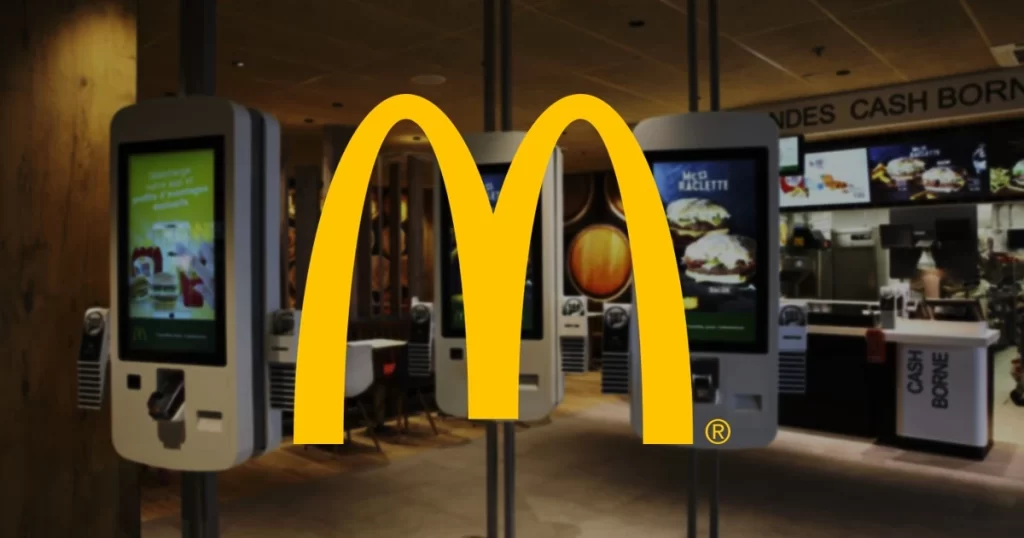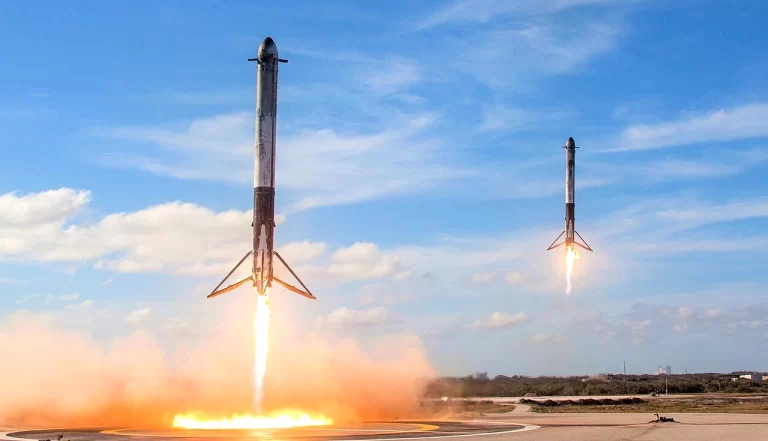Introduction
In today’s fast-paced fast-food world, McDonald’s has stayed ahead of the curve by constantly adapting to shifting consumer tastes. One of its most game-changing moves? The introduction of digital kiosks. These sleek, user-friendly machines have not only transformed the way customers order but have also boosted efficiency behind the scenes. This case study dives into how McDonald’s leveraged digital kiosks and mobile ordering to stay competitive, improve service, and fuel long-term growth.
Digital Kiosks: The Heart of McDonald’s Tech Revolution
At the core of McDonald’s digital makeover is its “Experience of the Future” (EOTF) initiative, with digital kiosks taking center stage. The idea was straightforward: give customers more control, speed up service, and boost profits. These kiosks let people customize their orders, skip the line, and enjoy a more personalized experience—all while subtly encouraging them to add extras like fries or desserts.
For McDonald’s, the kiosks are more than just a convenience; they’re a way to connect with tech-savvy customers, meet rising expectations for customization, and drive higher sales.
How Digital Kiosks Came to Life
A Global Rollout
McDonald’s started testing digital kiosks in a handful of locations back in 2015. After fine-tuning the system based on customer feedback, the company went all-in, installing kiosks in over 10,000 restaurants worldwide by 2021.
The kiosks feature large, easy-to-use touchscreens that let customers browse the full menu, tweak their orders, and pay—all without talking to a cashier. This approach not only speeds things up but also makes the ordering process more engaging, especially in busy urban spots.
Why Digital Kiosks Click with Customers
Digital kiosks tap into a growing preference for self-service tech, something consumers now expect in fast food and retail. They’re a hit with younger crowds who value speed and minimal interaction, but they’re also designed to be inclusive. With multiple language options, they cater to McDonald’s diverse global audience.
Key Benefits of Digital Kiosks
- Faster Service: One of the biggest wins? Shorter wait times. Customers can place their orders as soon as they walk in, cutting down on lines and keeping things moving during rush hours.
- Bigger Orders: Kiosks are also great for business. By suggesting add-ons like drinks or desserts, they’ve helped bump up the average order value by 20-30%. Customers tend to customize more and spend more when they’re in control of the process.
- Improved Order Accuracy: With customers entering their own orders, the chances of mix-ups drop significantly. That means fewer wrong orders, happier customers, and less waste.
- Enhanced Customer Control: Want a burger with no pickles or extra cheese? No problem. Kiosks let customers tailor their meals exactly how they like, giving them a level of control that traditional ordering just can’t match.
Mobile Ordering and Integration with Digital Kiosks
McDonald’s Mobile App
Launched in 2017, the McDonald’s app takes the convenience of kiosks to the next level. Customers can browse the menu, customize orders, and pay ahead of time, choosing to pick up their food in-store, curbside, or at the drive-thru.
The app works hand-in-hand with the kiosks, ensuring orders flow smoothly into the kitchen and keeping everything running like clockwork.
Curbside and Drive-Thru Pickup
To make things even faster, McDonald’s has streamlined its curbside and drive-thru options. Mobile orders can be picked up via kiosks, making the process quick and contactless—a big plus in today’s world.
Boosting Efficiency Behind the Scenes
Smarter Staffing
With fewer customers relying on cashiers, McDonald’s has been able to redeploy staff to other tasks, like preparing food or delivering orders to tables. This shift has made operations more efficient overall.
Seamless Kitchen Integration
Orders from kiosks and the app sync up with McDonald’s kitchen display system, ensuring meals are prepped quickly and accurately, even during the busiest times.
Data-Driven Decisions
The kiosks generate tons of data, giving McDonald’s valuable insights into what customers want. This info helps the company fine-tune its menu, run targeted promotions, and predict demand more effectively.
A Better Experience for Customers
- Personalized Choices: Kiosks make it easy for customers to explore the menu, try new combos, and tweak their meals to perfection. This level of personalization has been a major factor in boosting satisfaction.
- Accessibility for All: With language options and a simple interface, kiosks are designed to be user-friendly for everyone, from tech enthusiasts to those less comfortable with digital tools.
- Loyalty Rewards: The app and kiosks also tie into McDonald’s rewards program, offering personalized deals and encouraging repeat visits. It’s a win-win for customers and the company.
Financial Impact of Digital Kiosks
McDonald’s Digital Systemwide Sales Growth
Between 2018 and 2022, McDonald’s significantly boosted its digital systemwide sales, driven by innovations such as self-service kiosks, mobile apps, and delivery options. In 2018, digital sales stood at $7 billion, making up 7% of total systemwide sales of $99 billion. By 2022, this had surged to $28 billion, representing 35% of total systemwide sales of $113 billion. This growth reflects McDonald’s successful digital transformation, where digital channels now play a crucial role in driving customer engagement and overall sales performance.
Cost Savings
While the upfront costs for kiosks were steep, McDonald’s has seen long-term savings through better labor efficiency and fewer order errors.
Investor Confidence
The company’s focus on innovation has also impressed investors, with steady stock price growth reflecting optimism about McDonald’s ability to adapt and thrive.
Challenges and Future Outlook
- Upfront Costs: The initial investment in kiosks was no small feat, but McDonald’s saw it as essential to staying competitive in a fast-changing industry.
- Bridging the Tech Gap: While younger customers embraced kiosks right away, older diners needed a little more help. McDonald’s addressed this by keeping traditional ordering options and offering in-store assistance.
- Future Developments: Looking ahead, McDonald’s is exploring even more advanced tech, like AI-powered kiosks, voice recognition, and facial recognition for personalized service. The company is determined to stay at the cutting edge of the fast-food industry.
Conclusion
Digital kiosks have been a game-changer for McDonald’s, reshaping the customer experience, streamlining operations, and driving growth. As these kiosks become a staple in McDonald’s restaurants worldwide, the company continues to set the standard for innovation in fast food.
Key Takeaways: The Success of McDonald’s Digital Kiosks Initiative
- Better for Customers: Kiosks offer more control, faster service, and endless customization.
- Bigger Orders: Upselling features have boosted average order values by 20-30%.
- Smarter Operations: Staff can focus on food prep and customer service, while kiosks handle orders.
- Data-Driven Growth: Insights from kiosks help McDonald’s refine its menu and promotions.
- Inclusive Design: Kiosks cater to all ages and tech comfort levels, with traditional options still available.
- What’s Next: AI, voice recognition, and more are on the horizon as McDonald’s continues to innovate.




